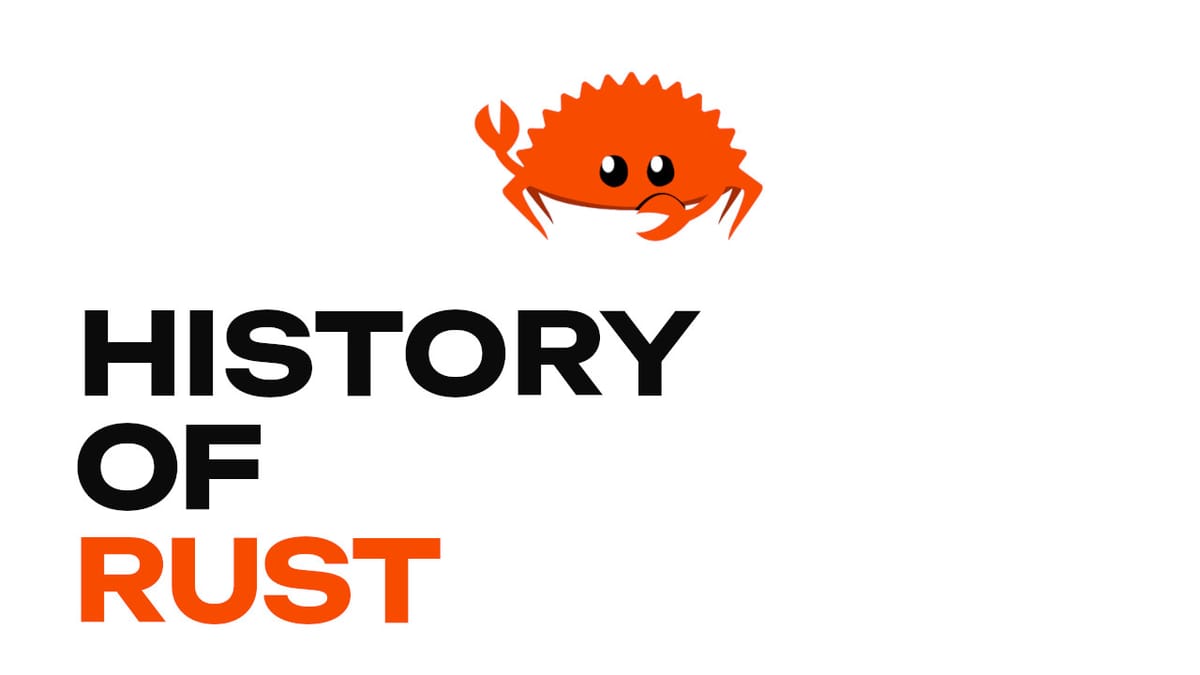History of Rust

Now that we had a look at a short introduction on Rust for Data Engineering, let's get an understanding for where it came from and perhaps where it's headed to.
The beginnings
Graydon Hoare created Rust as a personal project in 2006 while working at Mozilla. The language was announced in 2010 and it's first stable version, Rust 1.0 was released in 2015.
When Rust was first released, it was met with a bit of criticism - which is quite natural in the programming realm. The main remarks were around it's complexity, steep learning curve, verbosity (boilerplate code) and lack of maturity / limited ecosystem.
This has changed so much since then and it's worth noting that Rust has improved by a lot, the community has grown and many (if not most) of the early criticism of Rust has been addressed.
The beginnings
Fast forward to 2024 and Rust is gaining visibility and popularity by the day.
- Rust in the Linux Kernel
- CTO's of multiple companies encouraging the use of Rust
- Big corporations officially announcing their support for Rust
- Me talking about Rust for Data Engineering 👻
... and the list goes on.
Next, let's have a look at Rust's features:



